“My family doesn’t love me for me. They love me for whatever vision they want me to fulfil for them. I don’t get to be free. That’s not really love.”
Three women, one house. Three lives, one friendship. While trying to decide whether to renew their lease, three best friends try to navigate events that change their lives and force them to question their relationships. A coming-of-age story for women of colour in their 20s, and for their bond more serious than romantic love: friendship.
Janna Tay’s coming-of-age experience didn’t come with the bells and whistles of classic US films. “There’s always a house party, an underwater pool scene, a concerned yet distant parent, and an odd amount of curfew-breaking and freedom. Hardly any of these things happened to us in high school — our relative freedom came later and with a different set of baggage and expectations.” Born in east Malaysia but having lived most of her life in east Auckland, the poet and writer wanted to embrace the move from childhood to adulthood with the nuance of a woman of colour from a diaspora experience.
Having never written a full length play, Tay took up Fresh off the Page’s challenge under mentor Men-Lin Te-Puea Hansen to complete a first draft for the series of new plays across 2019. A published writer in other mediums, Tay’s poetry and essays have appeared or are forthcoming in The Pantograph Punch, Starling, Craccum, and Ghost City Press, as well as winning second prize in Landfall’s 2018 Charles Brasch Young Writers’ Essay Competition. She is the co-founder and editor-in-chief of Oscen Magazine and was a Summer Fling Writer for The Pantograph Punch in 2019.
Catch the live reading of Homecoming:
Wednesday 7th August
8.30pm, Basement Theatre, Auckland
Register and book your free seat: bit.ly/FOTP_Aug
We chat to Janna about her process, friendship and how she tackled this iconic theme.
Photos: John Rata
What inspired you to write this play?
The gap between my friends’ experiences as women of colour and the wave of coming-of-age films lately about young white women coming to grips with their identity in their teens. There’s always a house party, an underwater pool scene, a concerned yet distant parent, and an odd amount of curfew-breaking and freedom. Hardly any of these things happened to us in high school — our relative freedom came later and with a different set of baggage and expectations. These coming-of-age questions are timeless. I wanted to answer them from my own perspective.
What were the challenges you faced during the process?
I’ve never written for theatre! I primarily write poetry and creative non-fiction, and they exist on such different levels of storytelling. Where poetry and essays tend to be more insular, theatre mainly occurs in the interactions between people. I had to figure out how to build and convey character without relying on description or inner monologues. It was also so personal that it became difficult to confront at times. I’m eternally grateful to my mentor, Mei-Lin Te Puea Hansen, for guiding me through the process both technically and emotionally.
What do you think makes a good story?
Believable characters and memorable action – when you remember the characters for what they did because you’ve become invested in the ways they think and the choices they make. Plot, to me, is only ever as good as the characters who are in the middle of it.
How do you want people to feel at the end of your play?
I want those to whom it relates to feel seen and heard, and I want the play to prompt the audience to reflect on what home and family mean to them. And to feel hopeful about both no matter how fragmented or painful the answer.
‘Who’ did you write your play for?
Women of colour coming of age in their 20s, as inspired by and for my friends. We’re all of a particular age and demographic trying to navigate questions of deciding who we want to be and how we want to live our lives. And so, it feels selfish but at the same time I don’t think it’s a story that’s been told. The questions we’re asking can’t be answered without acknowledging the cultural and societal aspects from which we arise, which I haven’t seen fully explored when it comes to race, gender, sexuality. Sometimes you need to tell a story that is specific enough to furnish a universal truth. While I’m not trying to reach everyone, I hope I’ve been able to incorporate my experiences in a way that takes the story beyond them.
What character was the easiest to write? Why?
Rather than there being one specific character, I found different aspects of each character easier to write than others. I knew early on the broad personalities of each of them but once I started placing them in situations that challenged their development, I found it hard to know how to have them react.
Can you explain any ‘theatrical’ ideas/concepts utilized in the play?
Throughout the play, there’s a half-built IKEA-type table that the characters interact with, which acts as a motif that mirrors where they are in their friendship with one another. They start out trying to build it, then they accidentally break it, and try to repair it. It also occasionally draws the battle lines between arguments and acts sometimes as a barrier, sometimes as a way to bring them together.
I also tried to move away from a more traditional structure of having an exposition, complication, and resolution because nothing is ever really resolved, and that’s okay. I wanted instead to make sure that I explored each character and the one-on-one relationships within the larger friend group. And I was more interested in holding tension and having events ebb and flow rather than being cathartic or final.
Thanks to Creative New Zealand, Playmarket New Zealand, Basement Theatre, Equity New Zealand and Unitec Department of Performing & Screen Arts.




